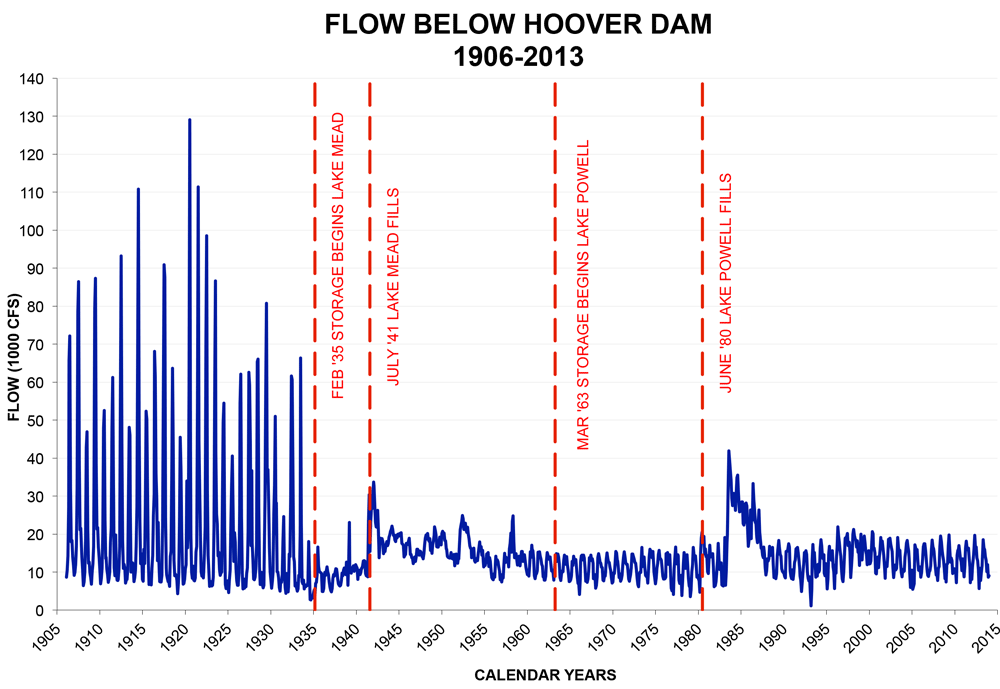Colorado River Delta: Pulse Flow - One Year Later
The Colorado River Delta hadn’t seen regularly flowing water in 50 years. But one year ago the U.S. and Mexico came together to work on a project to move water down the empty riverbed.
On March 23, 2014 these countries released more than 100,000 acre-feet of water into the delta below the Morelos Dam. This area is along the Colorado River on the U.S.-Mexico border.
On May 15, 2014, the river finally met the sea.
They did this through a pulse flow. A pulse flow can be thought of in terms of a surge of water or a spring flood. It is designed to represent the natural flow that keeps the river healthy.

Image/Data Source: Bureau of Reclamation
The amount of water allocated was less than 1 percent of the river’s average annual flow but even that small amount had lasting effects one year later.
On April 14, 2015 a panel was held at The University of Arizona to discuss the impacts of the pulse flow. The panelists included Yamilett Carrillo, the executive director of the Delta Water Trust, Francisco Zamora Arroyo, the director of the Colorado River Delta Legacy Program at the Sonoran Institute and Karl Flessa a professor in the UA department of geosciences and a co-chief scientist with the Colorado River Delta Monitoring Program.
Carrillo said after May 15, most river conditions returned to their previous state. “But one key feature remained,” Carrillo said. “There are patches of green areas where you can see the impacts of the pulse flow.”
Flessa said that the eight-week flood helped germinate and establish cottonwoods and willows that will live up to 50 years, showing that even a small amount of water can drastically affect an environment. He also said the existing vegetation certainly benefitted from the flow.
However, the pulse flow didn’t have a lasting impact in all of the areas.
"In some places the pulse flow did enormous amount of good work in establishing vegetation and sustaining that vegetation. In other parts of the river it didn’t really make that much of a difference," said Flessa.
Very little of the water stayed on the surface but a lot of it infiltrated into ground.
“It is not right to call this a loss because it really is a benefit for the vegetation that lives around here, the water gets to the vegetation by the roots,” said Flessa.
Researchers are trying to map out the river and identify the prime restoration sites. Then future efforts will be aimed in the areas that responded positively to the water flow.
NASA/Goddard Media Studios Video Highlighting the Pulse Flow

